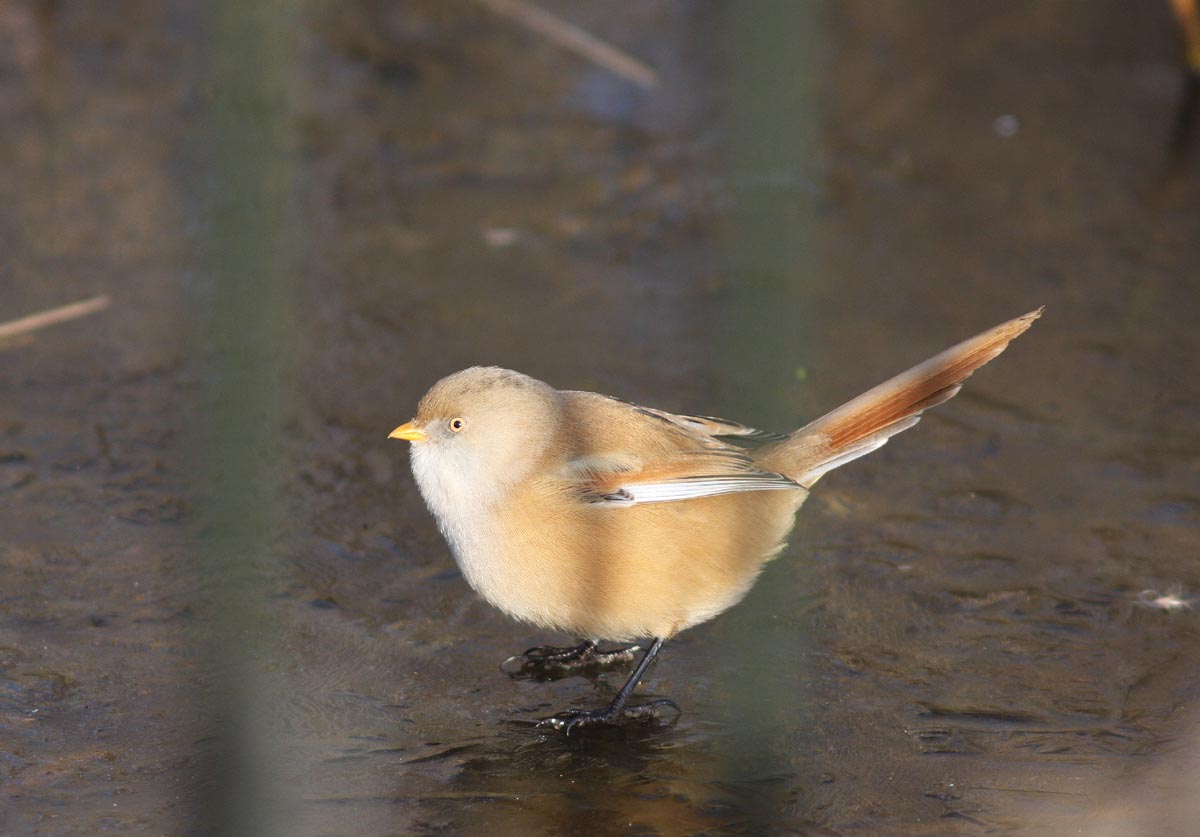Watching European Stonechats a few weekends ago on Otmoor RSPB reserve I reflected on how birding has changed during my lifetime and become so very competitive with the emphasis predominantly on recording species, numbers of species seen and the rarer the better. Taxonomy, identification and the number of different species seen are now the holy grail for many birders especially the younger generation and although important there is so much more to birds and individual species than just these aspects of birding. What about behaviour, moult, distribution, food, nests and migration? Not so sexy I agree but just as rewarding. There is still so much to learn about birds and individual species' ecologies. You can get just as much of a buzz recording some aspect of a species ecology that has not been recorded as finding, say, a Black Duck in Strontian (see earlier post). Well I do anyway!
This prompted me to write the following
As many know, stonechats do it for me. So much so that I wrote the book about them and their cousins called 'Stonechats. A Guide to the Genus Saxicola.' Published in 2002 by A&C Black and illustrated by my good friend Ads Bowley. Here are some interesting and random facts about stonechats.
The word Saxicola is derived from the Latin saxum for rock and incola for dwelling in. This no doubt is related to their alarm and contact call which replicates the sound of two small stones being struck together.They certainly do not inhabit rocky terrain!
The formerly single species called Common Stonechat has been split into three species: European Stonechat, (which includes birds from the UK) Saxicola rubicola, Siberian Stonechat Saxicola maurus and African Stonechat Saxicola torquatus. In my book published in 2002 I treated them as three species but the BOU only got round to splitting them in 2011. Nine years later, based on the identical mtDNA evidence to that used by me in 2002. Ho hum! Ornithological mafia!
The Common Stonechat as it was called before the split into European, Siberian and African Stonechat has one of the widest distributions of any passerine in the Old World being found across three continents, Europe, Asia and Africa from the Arctic Circle to the very tip of South Africa and as far east as Japan
There are likely to be even more stonechat species in future with Caspian Stonechat Saxicola variegatus as a split from Siberian Stonechat being a distinct possibility and even the Siberian Stonechat Saxicola maurus may be split into Western Siberian Stonechat Saxicola maurus and Eastern Siberian Stonechat Saxicola stejnegeri based on recent mtDNA evidence. African Stonechat may also be split into several separate species. Also keep an eye on the subspecies of Siberian Stonechat Saxicola maurus przewalskii from the Far East. You heard it here first!
_(Large).jpg) |
| African Stonechat male @ Madagascar courtesy Ads Bowley |
Stonechats in the UK are partially migratory. Nestlings in the same brood can adopt different strategies with some migrating for the winter to southern Europe and their siblings choosing to remain in the UK. This is thought to be genetically driven. It is a gamble. If they stay in the UK then a prolonged hard winter will likely kill them off but if the winter is mild they gain an advantage over their returning migrant siblings in that they can claim breeding territories before the migrants return. Conversely if the resident birds do die in a hard winter there is still a reservoir of migrant birds returning in the Spring to maintain the species
Stonechats and Dartford Warblers are well known to have an association. This works mainly in favour of the warbler, which habitually skulks in vegetation low to the ground, as the stonechats using elevated perches take alarm at potential predators at a greater distance than most other passerines thus acting as an effective early warning system for the warbler. The warbler in contrast causes problems for the stonechat as it's close proximity adversely affects the feeding success of the stonechat
An African Stonechat in Zimbabwe has been seen to catch small fish and European Stonechats in a UK winter have been observed picking unidentified prey from the water's surface and even briefly dropping into the water to grab prey
Although an Old World inhabitant, the frozen remains of a Siberian Stonechat were found in the former nest hole of a Bank Martin on the Yukon River at Galena, Alaska and another was seen alive in New Brunswick Canada
Stonechats in the UK form pairs in the winter on territories that are abandoned in the spring.
 |
| European Stonechat female @ Otmoor RSPB |
 |
| European Stonechat male @ Otmoor RSPB |
But most of all stonechats are charming, pretty and charismatic birds with an endearing, perky disposition. Go see them for yourself. Biased? Moi? Surely not!

















































